Brinsea EcoGlow 20: Fun But Not Too Practical
On their homepage, Brinsea say the following about their EcoGlow 20 brooder: “Clean, safe, tough and extremely economical”.
I don’t have any experiences with chicken – we have Indian runner ducks – and I’m quite clumsy myself, so I guess this review is quite far from the mainstream.
This is the fun part: a bunch of two-week-old ducklings under, around and on top of the brooder, as depicted below. The brooder has been set to its highest position.
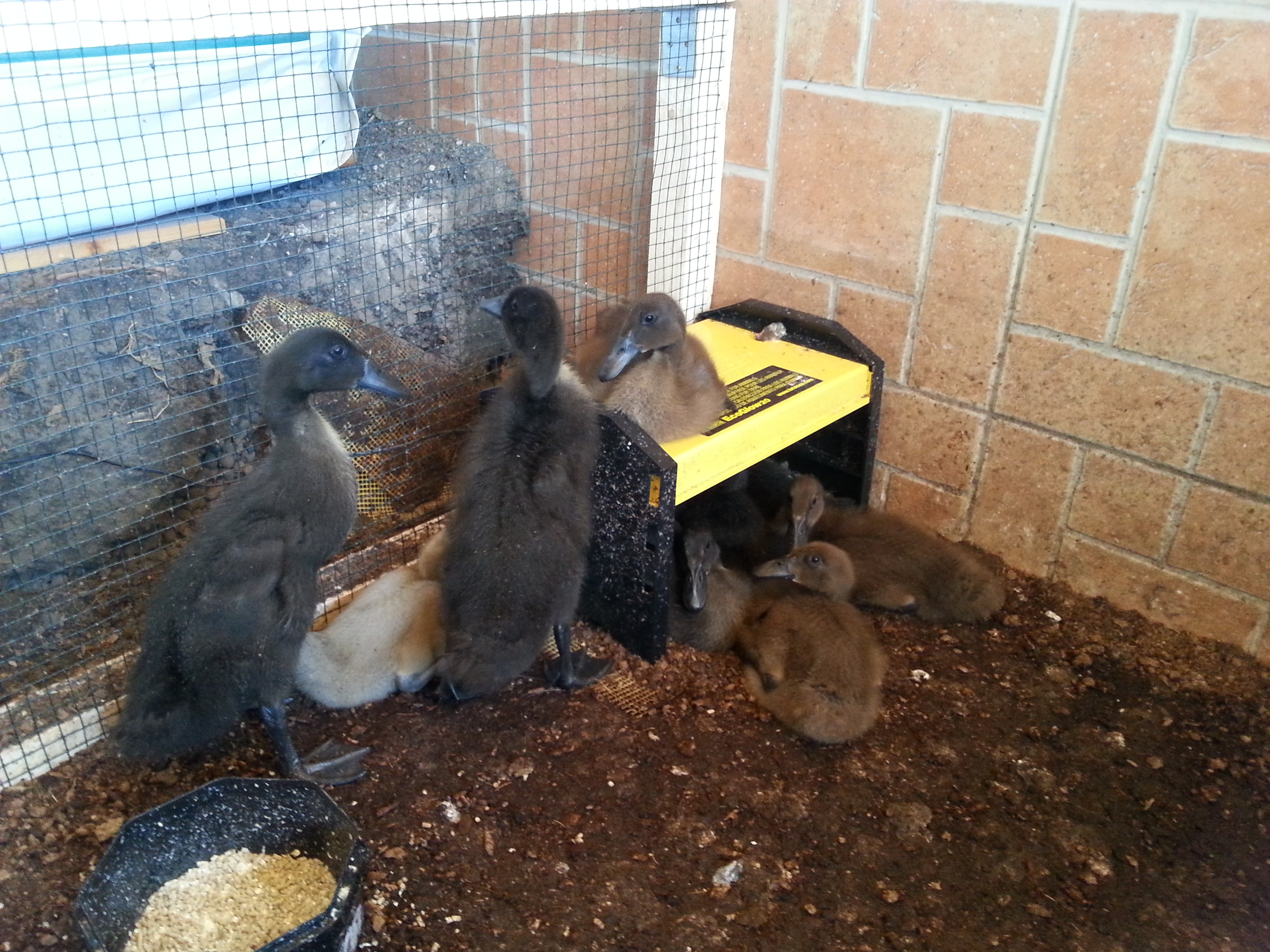
Runner ducklings grow into tall bottle-shaped creatures very fast and some climb on top of the brooder and seem to enjoy it a lot. Because they grow fast, not many of them fit under the brooder at the age of two weeks, anyway. I guess about 5 of them do. It’s OK if two-week-old ducklings do not sleep under the brooder. They keep themselves warm by gathering up into a pile and the room temperature is about 20 degrees Celsius.
The brooder is certainly economical because it covers the ducklings exactly where they sleep, at least up to some age, and does not waste energy heating the rest of the room. Because the temperature of the surface is low enough, there is no risk of fire either. The heating element consumes 18 watts of power.
Ducklings simply outgrow the brooder quickly.
There are two main problems with the brooder when used with ducklings (and when used by me).
Hygiene
The brooder is basically a kind of coop that has two walls. In about a week the lower parts of the walls gather so much duckling poo on their surface that the walls have to be cleaned. As long as the brooder is quite new, its plastic is very smooth and easy to clean, so hopefully I have managed to clean up most of the poo and no undesirable life forms have developed. It’s still inconvenient to do the cleaning, though. You have to disconnect the brooder, take it out of the nest and take the walls apart so it will be more convenient to wash these. I’m afraid the plastic will get less smooth as it ages and the debris will be harder to get off the surfaces. I’m kind of paranoid about the hygiene of ducklings for some reason.
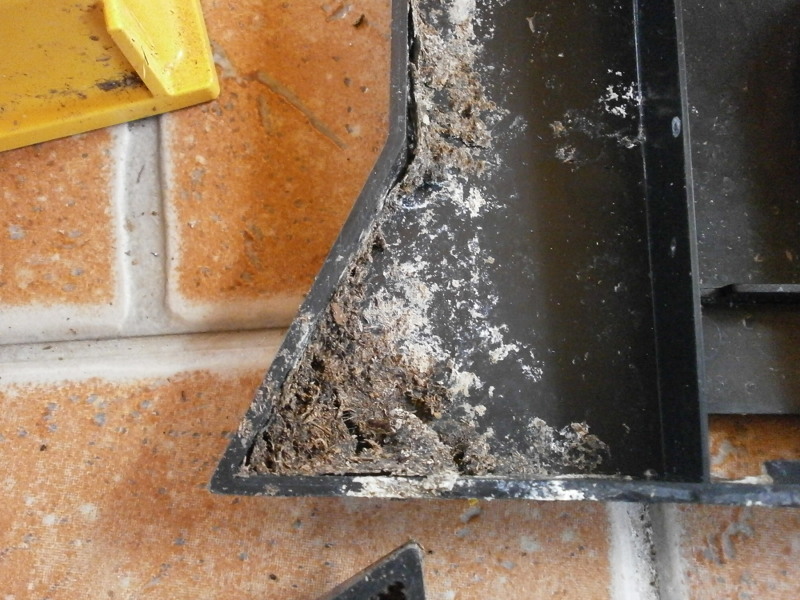
In the contex of hygiene, the surface of the roof of the brooder is weird, too. The embossed logo will last long but it will also gather debris on its surfaces when the ducklings stay on top of the brooder. The roof turned out very easy to clean when new but I guess some bits will gather up there as time passes.
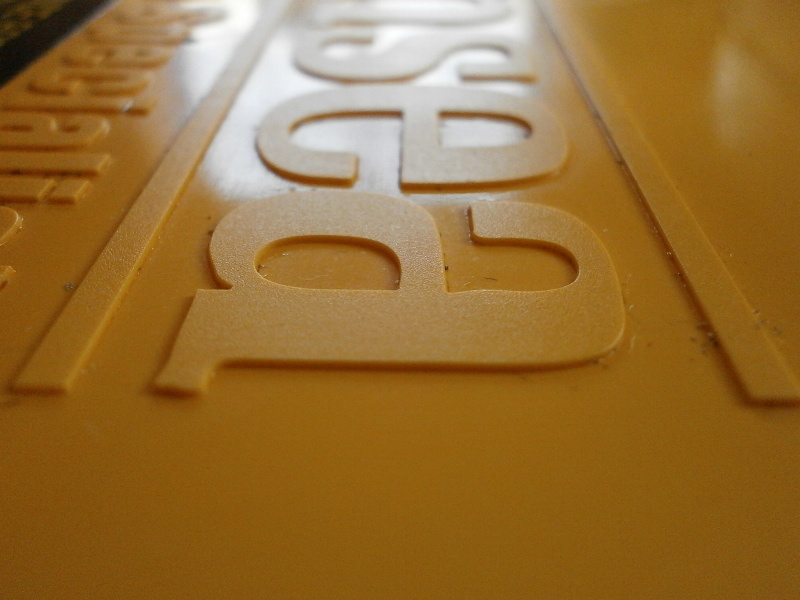
Durability
Brinsea have made an effort to make the brooder easy to use and durable. Unfortunately, I manage to do harm to its walls each time I adjust the height and I guess one day the plastic will break.
The brooder has three height positions. The manual says that a flat screwdriver must be used when adjusting the height and that excessive force should not be applied. Here is the user manual and I’m not going to repeat its contents here.
In my experience, it is hard to find a large enough screwdriver, rather we need some kind of a flat-ended chisel, I use a 16mm one. You’d better not apply almost any force at all (depending, of course, on the definition of force)!
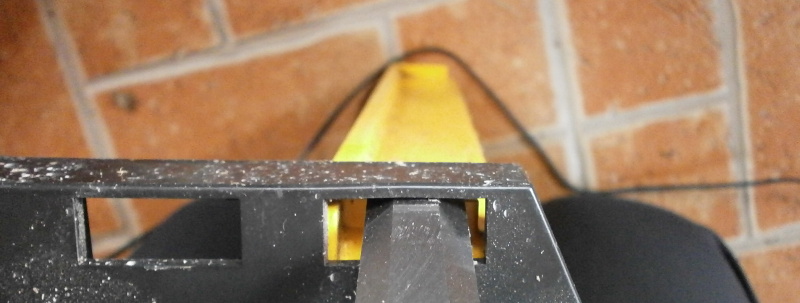
In the picture below you can see where the plastic is about to break if too much force is applied when removing the walls of the brooder. Also, you can see how the sharp chisel has done harm to the plastic which is easy to clean but quite soft. The “seams” of the plastic are subtle but can be observed to be ready to crack especially if your tool is not large enough.
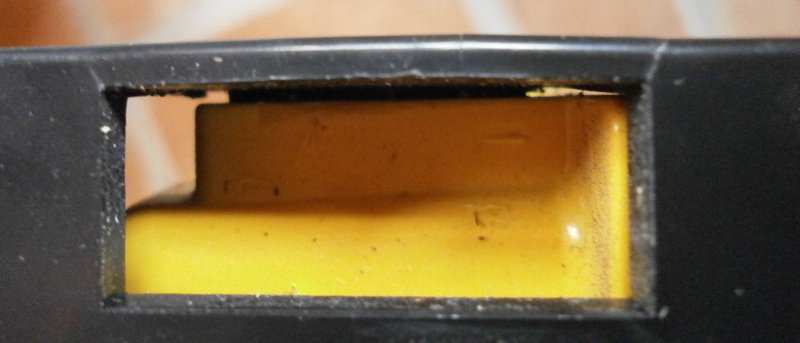
In conclusion, the brooder is a really convenient product but time will tell how long it will last and how long I can keep it clean enough.